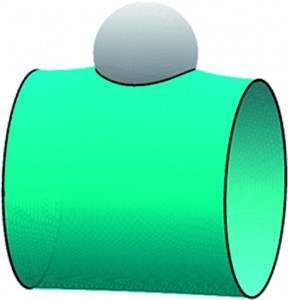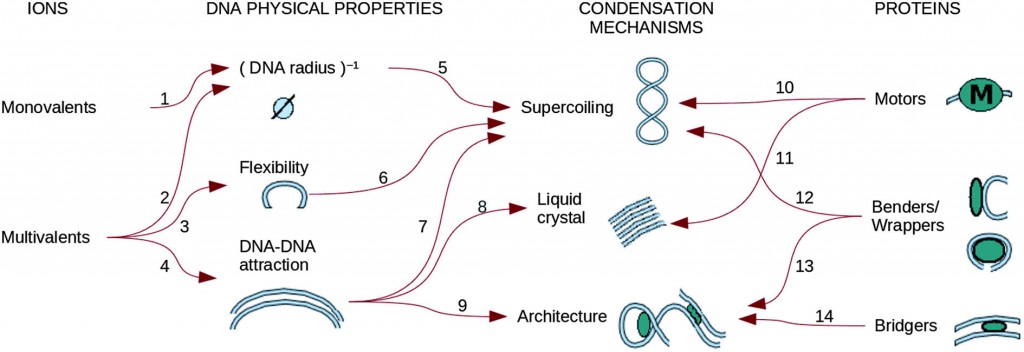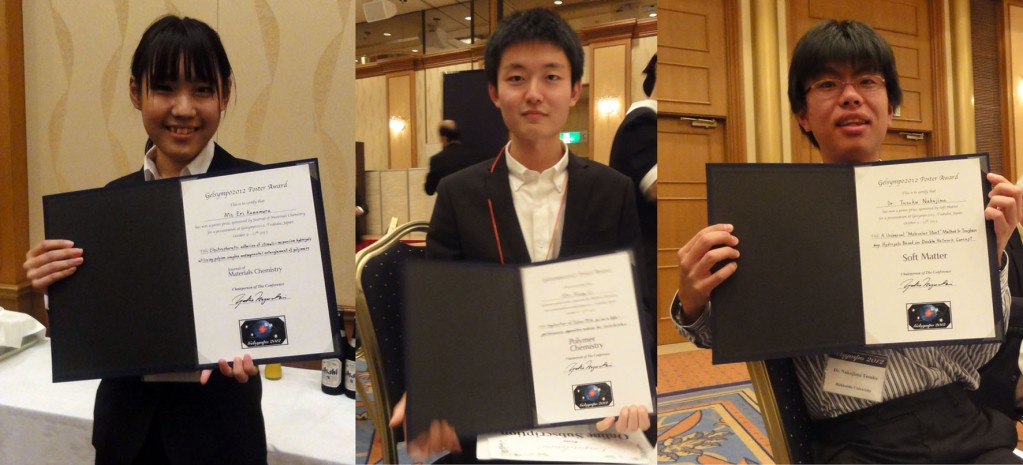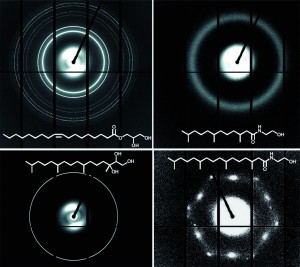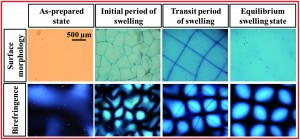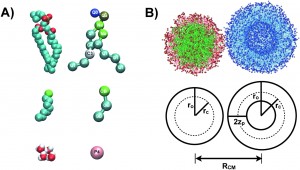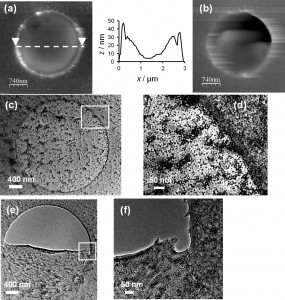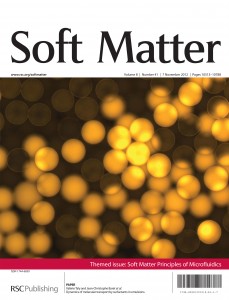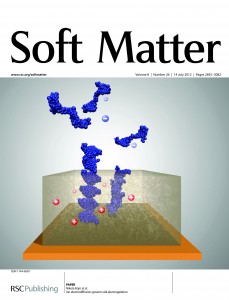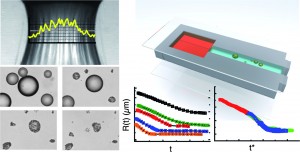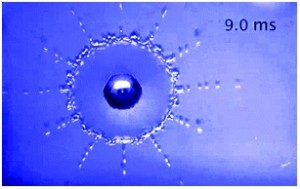This month sees the following articles in Soft Matter that are in the top ten most accessed for September:
Printed photonic arrays from self-organized chiral nematic liquid crystals
D. J. Gardiner , W.-K. Hsiao , S. M. Morris , P. J. W. Hands , T. D. Wilkinson , I. M. Hutchings and H. J. Coles
Soft Matter, 2012, 8, 9977-9980
DOI: 10.1039/c2sm26479j
Recovery from applied strain in interpenetrating polymer network hydrogels with ionic and covalent cross-links
Shannon E. Bakarich , Geoffrey C. Pidcock , Paul Balding , Leo Stevens , Paul Calvert and Marc in het Panhuis
Soft Matter, 2012, 8, 9985-9988
DOI: 10.1039/c2sm26745d
Absence of an evaporation-driven wetting transition on omniphobic surfaces
A. Susarrey-Arce , Á. G. Marín , H. Nair , L. Lefferts , J. G. E. Gardeniers , D. Lohse and A. van Houselt
Soft Matter, 2012, 8, 9765-9770
DOI: 10.1039/c2sm25746g
The special behaviours of responsive core–shell nanogels
Walter Richtering and Andrij Pich
Soft Matter, 2012, Advance Article
DOI: 10.1039/c2sm26424b
Extreme wettability and tunable adhesion: biomimicking beyond nature?
Xinjie Liu , Yongmin Liang , Feng Zhou and Weimin Liu
Soft Matter, 2012, 8, 2070-2086
DOI: 10.1039/c1sm07003g
Bioinspired rice leaf and butterfly wing surface structures combining shark skin and lotus effects
Gregory D. Bixler and Bharat Bhushan
Soft Matter, 2012, 8, 11271-11284
DOI: 10.1039/c2sm26655e
Mechano-responsive hydrogels crosslinked by block copolymer micelles
Longxi Xiao , Jiahua Zhu , J. David Londono , Darrin J. Pochan and Xinqiao Jia
Soft Matter, 2012, 8, 10233-10237
DOI: 10.1039/c2sm26566d
Polymer nanocomposites: polymer and particle dynamics
Daniel Kim , Samanvaya Srivastava , Suresh Narayanan and Lynden A. Archer
Soft Matter, 2012, 8, 10813-10818
DOI: 10.1039/c2sm26325d
Doubly crosslinked microgel–polyelectrolyte complexes: three simple methods to tune and improve gel mechanical properties
Ruixue Liu , Jennifer M. Saunders , Tony J. Freemont and Brian R. Saunders
Soft Matter, 2012, 8, 10932-10940
DOI: 10.1039/c2sm26522b
Electrospun smart fabrics that display pH-responsive tunable wettability
Chang Hwan Lee , Sung Kyung Kang , Jung Ah Lim , Ho Sun Lim and Jeong Ho Cho
Soft Matter, 2012, 8, 10238-10240
DOI: 10.1039/c2sm26625c
Why not take a look at the articles today and blog your thoughts and comments below.
Fancy submitting an article to Soft Matter? Then why not submit to us today!
To keep up-to-date with all the latest research, sign up for the Soft Matter e-Alert or RSS feeds or follow Soft Matter on Twitter or Facebook











